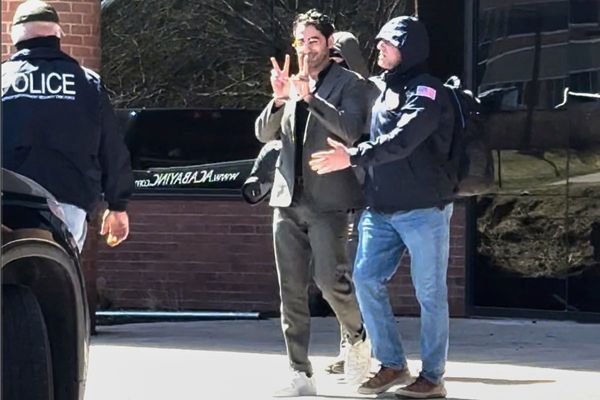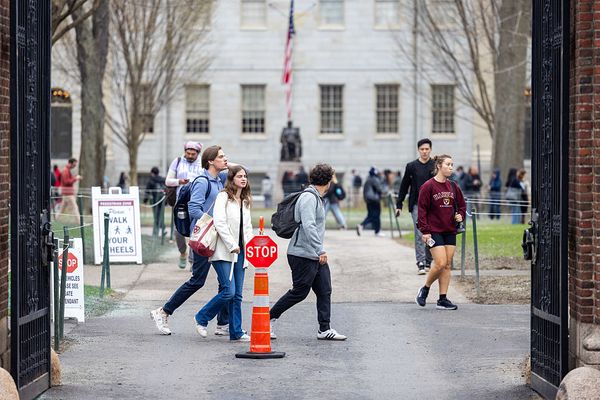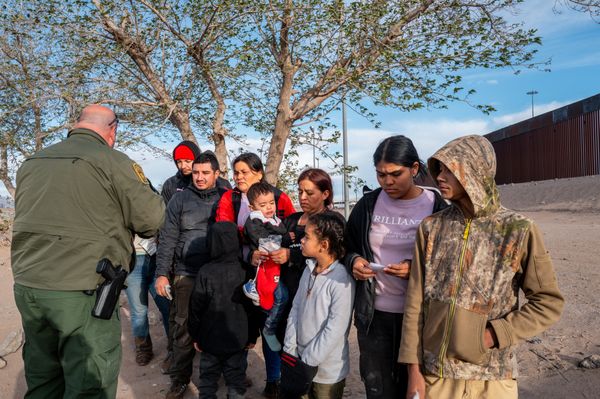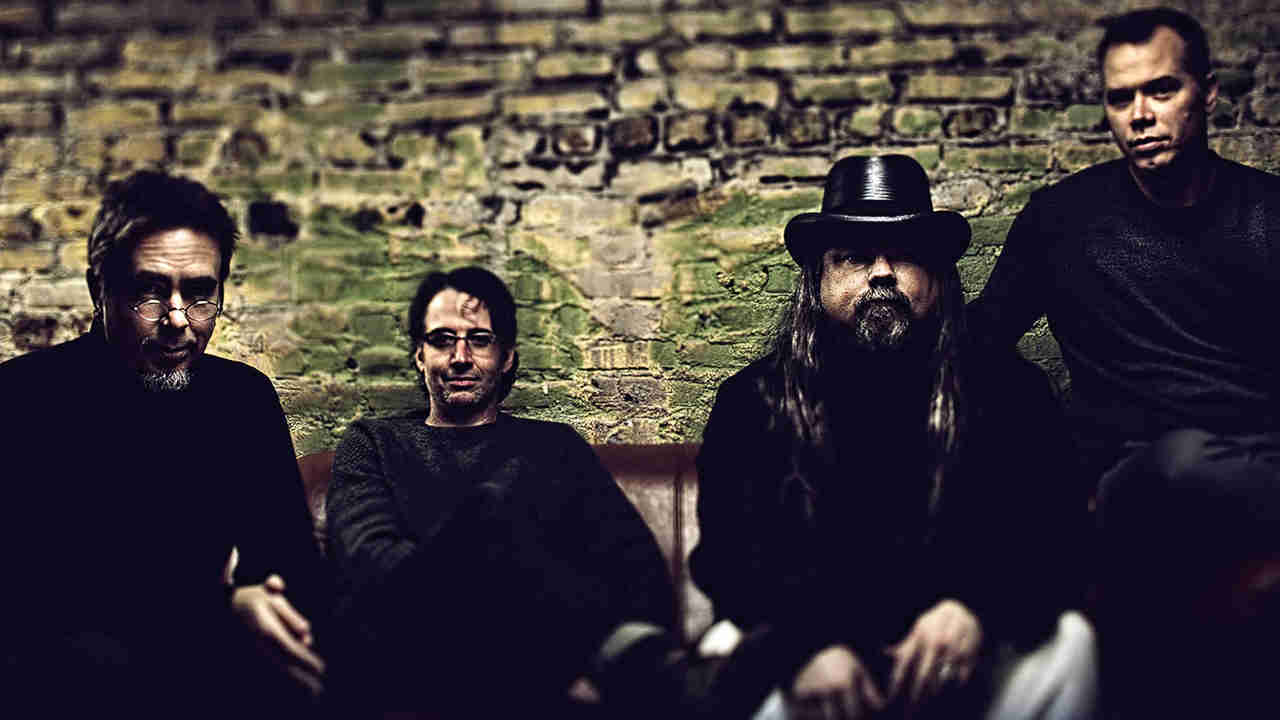
Formed by singer Shawn Smith and Pearl Jam guitarist Stone Gossard, Brad were more than just a PJ side-project, they were a truly fantastic band in their own right. In 2012, Gossard and the late Smith – who passed away in 2019 – looked back at the career of one of 90s and 00s rock’s best-kept secrets.

As a child, Shawn Smith dreamed of becoming a pop star. Lying in bed in his parents’ home in Spokane, Washington, he’d listen to Kiss, Queen and Earth, Wind & Fire on the radio, and conduct imaginary interviews with himself, talking up his brilliant career and laying bare the inspirations behind his greatest hit songs.
On Brad’s excellent new album United We Stand, the 46-year-old vocalist looks back on that innocent period of his life and realises that not much has changed, because after two decades in the music business, he has yet to truly fulfil his childhood dreams. Although a highly respected, critically acclaimed musician with appearances on more than 30 albums, Shawn Smith might just be the greatest rock’n’roll singer you’ve never heard. But United We Stand might change that.
By the late 1980s, Seattle was home to one of the most vibrant, visceral and fecund musical communities in the US. When Shawn Smith moved there in 1988, the town already had internationally recognised metal bands (Queensrÿche, Metal Church, Sanctuary) and an emerging alternative rock scene. Smith, a huge fan of Prince, wanted to infiltrate the tightly knit local scene and funk it up.
While working in Tower Records, Smith met another Prince fan, a young drummer called Regan Hagar. Hagar loved the soulful, falsetto vocals on Smith’s bedroom demo tapes, and encouraged him to start a band of his own. The duo began recruiting members for an eight-piece funk outfit, but with Hagar already committed to his own band, local heroes Malfunkshun, getting traction for the group proved difficult.
Four years later, Hagar came back to Smith with an idea for a new project – a funk and soul-influenced rock band he was initiating with local guitarist Stone Gossard. The guitarist, Hagar explained, was in another band, so the new group would just get together for fun, with no big plan and no great expectations.
By 1988, when Shawn Smith first met Stone Gossard, the guitarist’s new band, Mother Love Bone, had already signed to a major label. Tragically, days before their debut album Apple was due for release, vocalist Andrew Wood (formerly Hagar’s bandmate in Malfunkshun) died of a heroin overdose.
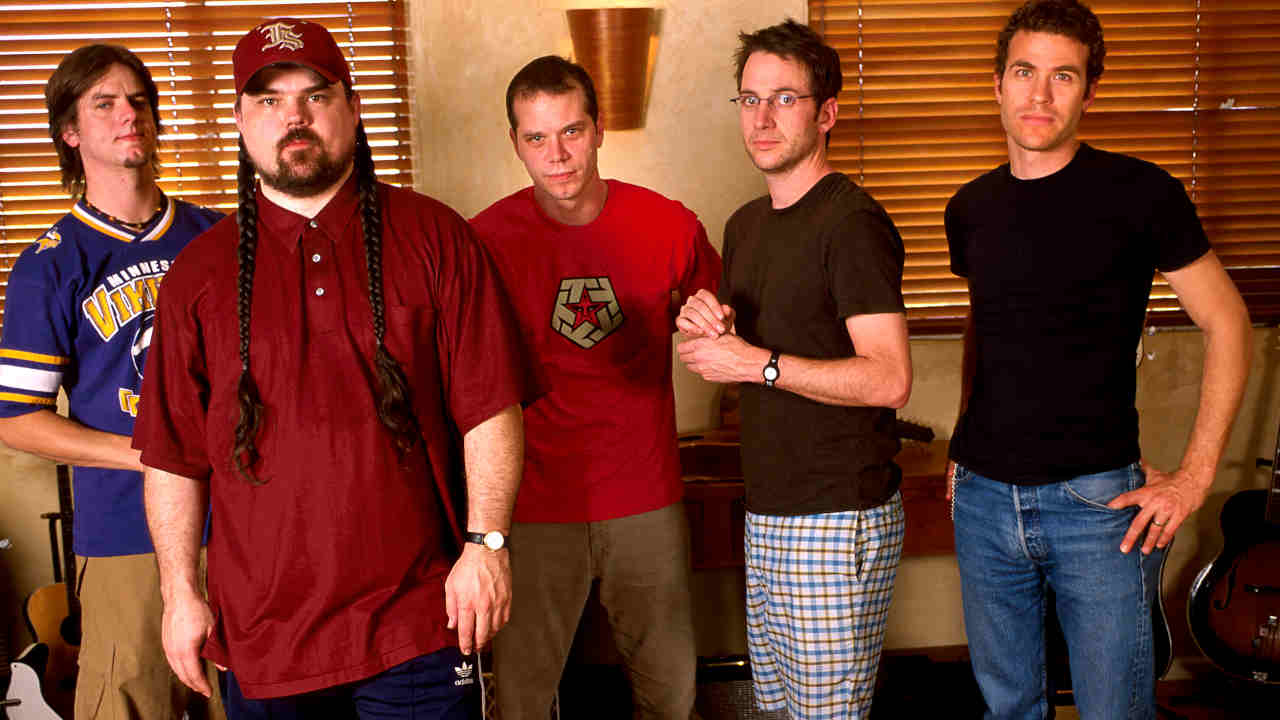
Following Wood’s death, Gossard retreated to the attic of his parents’ Seattle home and began working on new demos. The first song to emerge from these sessions, a defiant, widescreen anthem titled Alive, would eventually become the first single for his next band, Pearl Jam.
Ten months on, around the time that Gossard first proposed a jam session to Hagar, Pearl Jam’s debut album Ten was sailing past two million sales. When Smith and Hagar signed up for a jam, they were surprised when the guitarist suggested that they should find a bass player and make a record together.
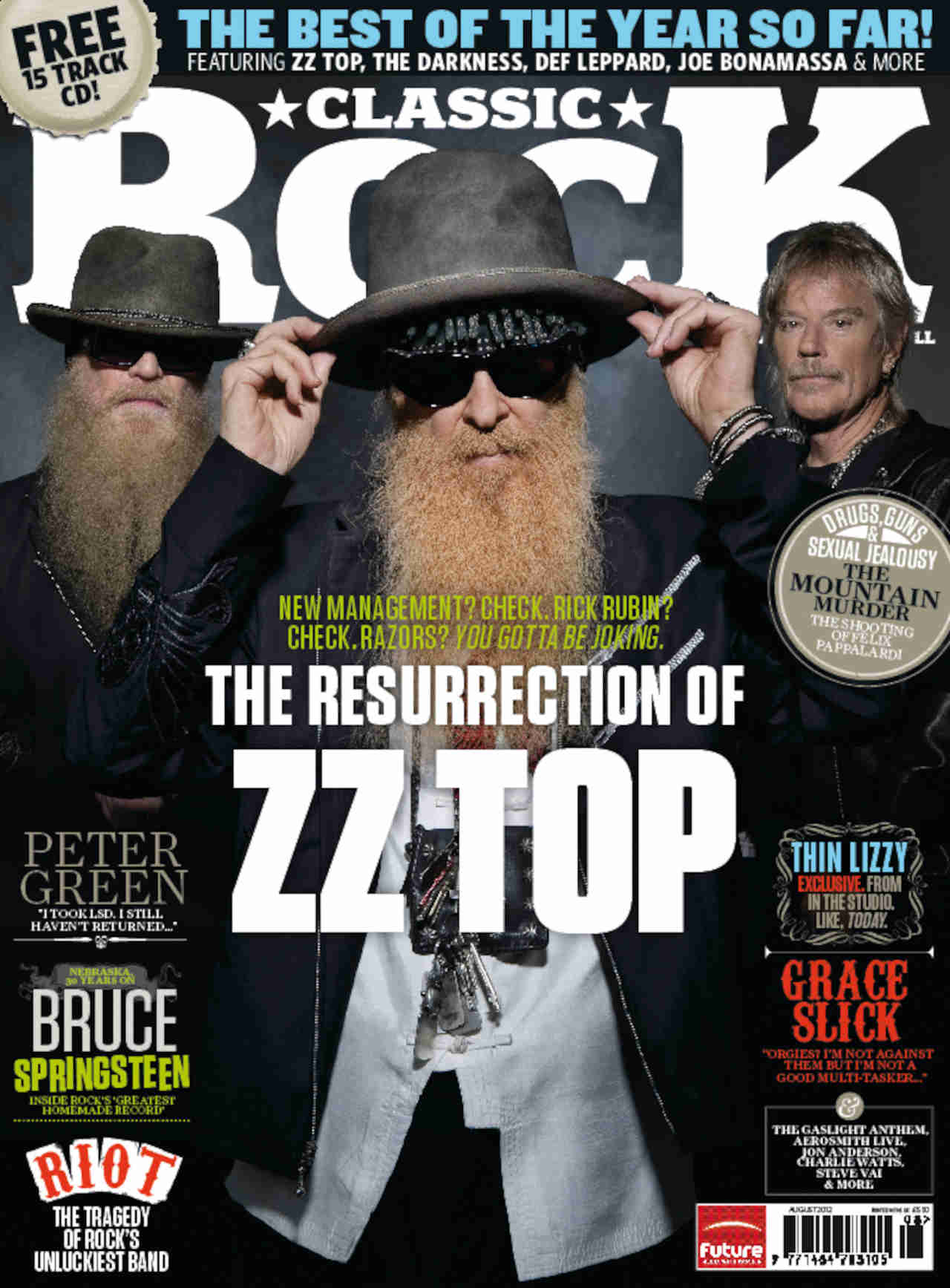
“I was so in love with the idea of making music and so excited about playing again with my old friends that I just had this gung‑ho attitude,” Gossard recalls. “It was just, ‘Let’s make a record! Let’s just do it!’ That was the Seattle attitude.”
Written and recorded in less than three weeks, Brad’s 1993 debut album Shame is unselfconscious, loose, joyous and soulful, a freewheeling joyride through five decades of rock’n’roll history, influenced as much by Prince and Funkadelic as by Led Zeppelin and Aerosmith. It received glowing critical notices, and even spawned a minor radio hit in the funky 20th Century.
Six months later, Pearl Jam’s second album, Vs, debuted at No.1 in the US, selling an astonishing 950,000 copies in one week, and Gossard hit the road once more. Smith returned to his main band, Pigeonhed, and he and Hagar duly formed a new side project, Satchel.
And that, in theory, was that. “We didn’t have any intention of it being anything more than one record,” says Smith. “We all had other things to do, other bands to come home to. But something kept drawing us back.”
In 1997, Brad returned with a second album, the sweetly atmospheric Interiors. Five years on, they regrouped once more, for the lush and rather beautiful Welcome To Discovery Park. From the outside, at least, it looked like the four musicians had hit upon a perfect arrangement, coming together as and when they wanted to. To envious onlookers, Brad had what all musicians truly crave: freedom and complete creative control.
In reality, however, relationships within the band were slowly crumbling. It would be wrong to say that Pearl Jam’s global success and heavy touring commitments caused resentment or jealousy within Brad – but not wholly wrong. When Brad’s fourth studio album, Best Friends?, was released on Pearl Jam’s own Monkey Wrench Records imprint in summer 2010, that question mark in its title was hugely revealing. “Brad is not a band without tension,” Gossard admits. “There’s been times where it’s been tough.”
“I’ve had problems with it, and I’ve chosen to walk away at times,” says Smith. “If we weren’t tied to the whims of another band, things would be different. Pearl Jam would always step in right when we were in a place where we could really start moving forward, so that was kind of a drag. There’s been a lot of missed opportunities, a lot of bumps in the road. I mean, we haven’t even been to England yet! It’s ridiculous. It’s been frustrating.”
As they approached the end of their second decade together, the members of Brad began to discuss their future – not whether the world still needed Brad, but whether they still needed Brad in their lives. Ultimately, the decision was made to continue, but with certain caveats: crucially, Smith and Hagar convinced Gossard that they needed to move out from under Pearl Jam’s wing.
In 2011, Brad signed a new management deal and a new record deal, and made a commitment to one another to tour and record more. Smith and Gossard have always bristled slightly when Brad was deemed a ‘side project’ – “that defines it in people’s minds as something that’s less than a ‘real’ band,” says Gossard, “and that’s just not how we look at it”.
With a new bass player in Keith Lowe, they now have the opportunity to truly cement their band’s place in rock history. United We Stand is not only a great album, it’s also a statement of intent.
“Pearl Jam is the best job in the world, but I write two or three songs per record and those come out every two or three years, so there’s plenty of scope to keep Brad working,” says Gossard. “It never feels like hard work to me – it feels like I’m the luckiest guy in rock. Brad have five or six records and a style of our own. Why would we want to give that up? That’s golden. It’s kinda like when you look at your wife 15 or 20 years down the road from when you met and you think: ‘God, I’m so glad I married you… Of all the times I could have blown it, I’m so happy I didn’t blow it.’ You can’t recreate that long journey you take with somebody, and the trust and wisdom you build up in that situation. We know who we are and we know there are lots of doors still to be opened.”
“We haven’t had this much attention maybe ever,” says Shawn Smith. “It’s weird to be around this long and yet feel so young and fresh creatively. Things could change around really quickly. There’s a line on the new album which runs: ‘I know what we got, it will only get better.’ That lyric isn’t about the band but, you know, it could be. We feel like we’re only just getting started.”
Originally published in Classic Rock issue 174, July 2012
